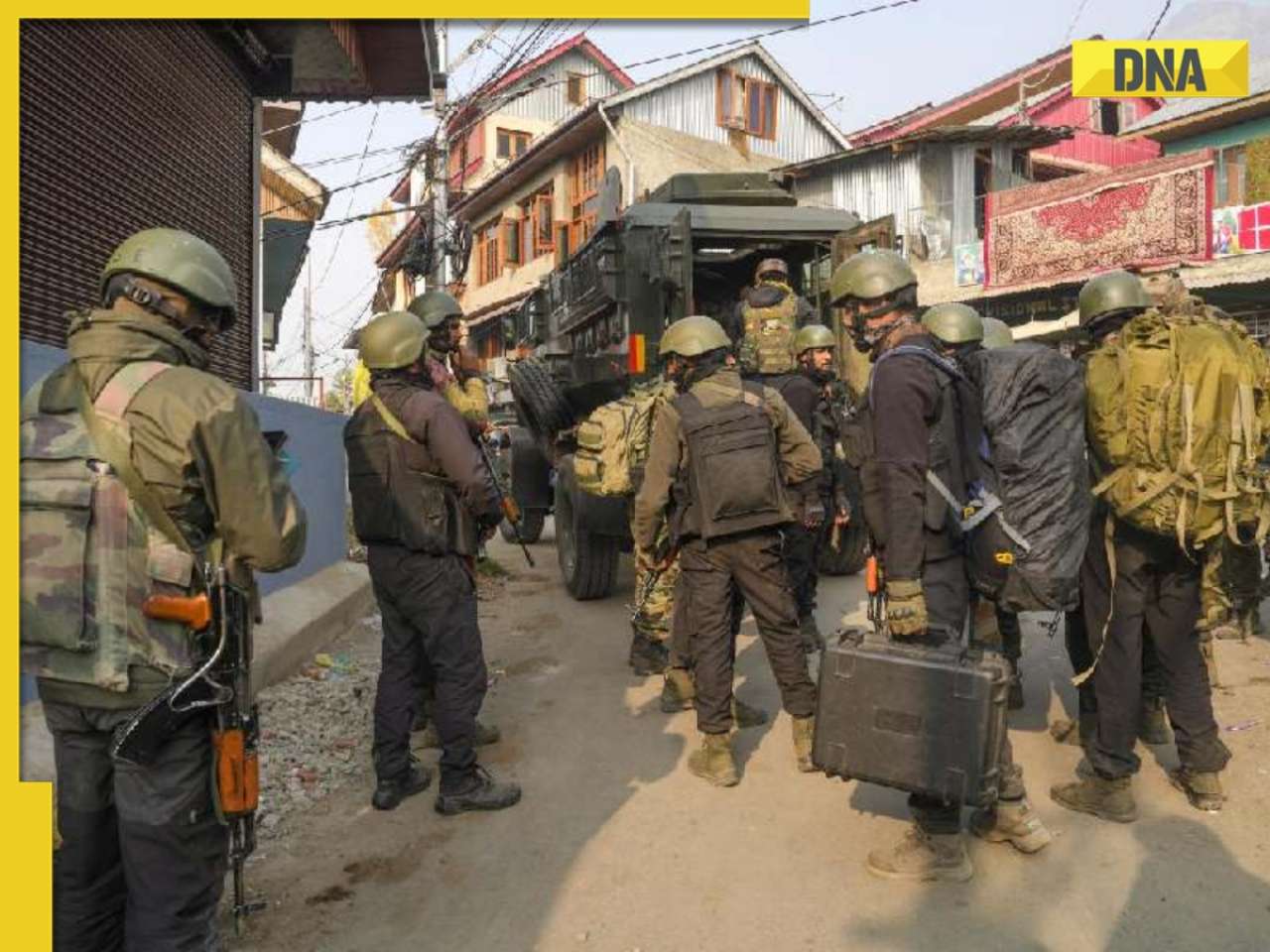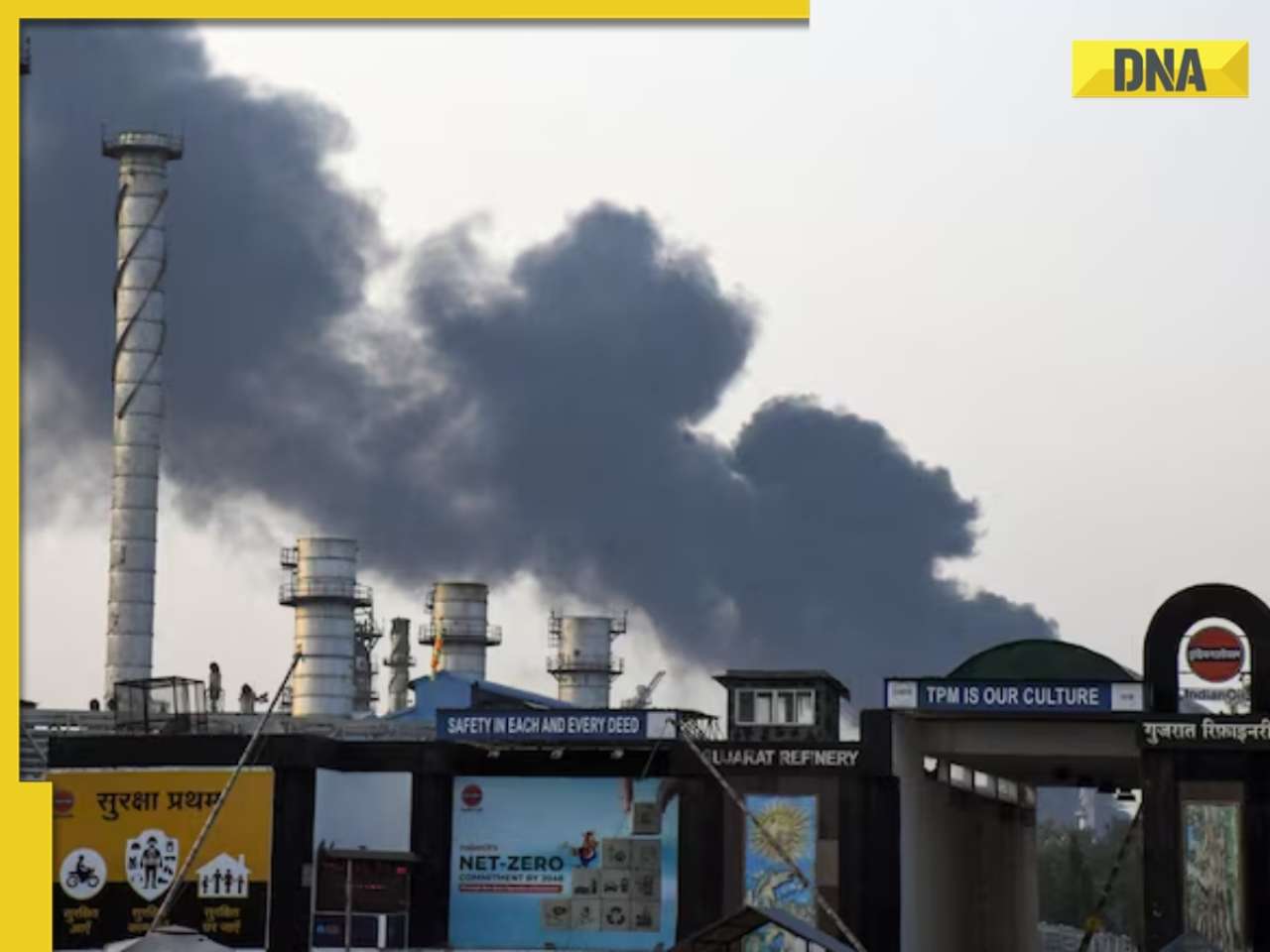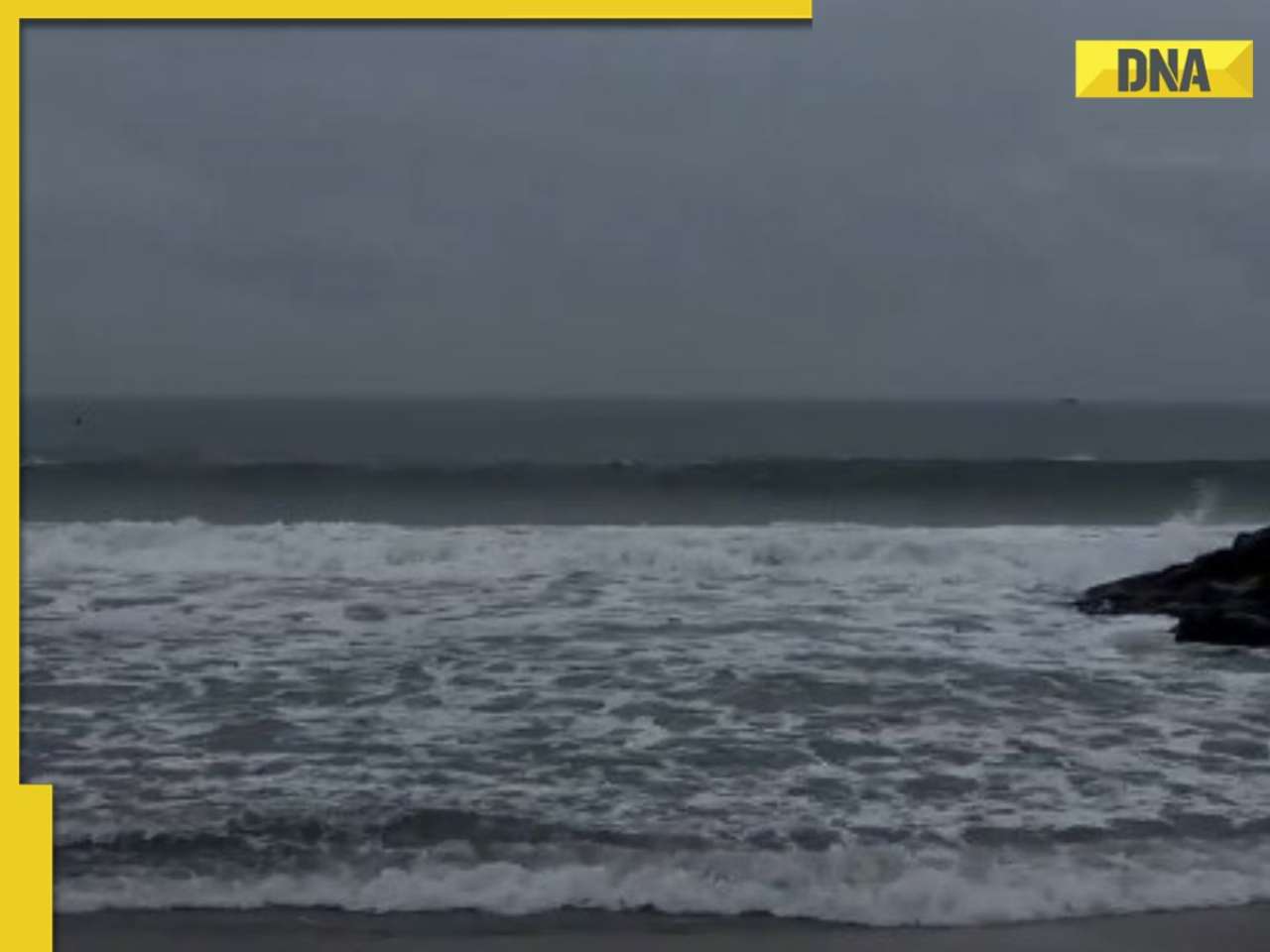- LATEST
- WEBSTORY
- TRENDING
WORLD
Volunteers, military team up for US spill fight
On Wednesday, BP began transporting a massive metal device designed to channel the flow of leaking oil from the seabed to a drilling ship on the surface.
TRENDING NOW
Oil workers, volunteers and the military prepared to toil for another day in the Gulf of Mexico on Thursday in an attempt to plug a gushing oil leak and protect the US coast from an environmental nightmare.
Meanwhile, questions arose about regulators' practice of granting exemptions from environmental impact studies for some oil exploration projects deemed to involve little risk, as was the case with the approval for BP's ill-fated well.
Politicians kept pressure on the energy giant to limit the ecological and economic damage from its ruptured well. And driller Transocean Ltd said the US justice department asked it to preserve records related to the drilling of the well and the deadly blast on its rig two weeks ago.
On Wednesday, BP began transporting a massive metal device designed to channel the flow of leaking oil from the seabed to a drilling ship on the surface.
The device will take about 12 hours to reach the leak site off the Louisiana coast. After installation, it could begin capturing the oil on Monday, BP's chief operating officer, Doug Suttles, said at a briefing.
The 98-ton structure is seen as the best short-term chance to stem the leak, but Suttles warned there was no guarantee it would work in water nearly 1 mile (1.6km) deep.
Prevailing winds have kept the giant slick offshore, two weeks after the Deepwater Horizon drilling rig explosion triggered the breach, and it was barely moving.
"If you look at our trajectory for the next 72 hours, they don't show a whole lot of real movement from where it's at," said Charlie Henry, a meteorologist with the National Oceanic and Atmospheric Administration.
The calm weather allowed for teams to conduct a series of "controlled burns" of the massive slick on Wednesday, the first such attempts since a 28-minute blaze on April 28 that removed thousands of gallons of fuel.
Even Nasa has been brought into the fight, using aircraft equipped with a highly specialised scanner to provide NOAA high resolution images of the threatened shoreline.
Concern arose on Wednesday about the Minerals Management Service's decision to exempt BP from a detailed environmental review of the project.
US government agencies grant the so-called categorical exclusions for types of projects that have been found typically not to have substantial environmental impacts, or in cases where the agency has past experience with a similar projects.
Obama administration officials said the practice of issuing such exclusions was under review.
The US interior department said the MMS said it conducted detailed impact assessments in the region previously.
Throughout the Gulf Coast, crews deployed miles (km) of protective booms to block the slick and used dispersants to break up the thick oil before it fouls tourist beaches and fishing grounds, threatening an environmental catastrophe.
BP has capped one of three leaks in the ruptured well, but oil is still flowing at an unchanged 5,000 barrels (2,10,000 gallons 7,95,000 litres) a day.
It has started drilling a relief well, but that could take two or three months to complete.
Crews on several hundred boats are taking advantage of a calm seas to lay down containment booms and deploy dispersants, and thousands of military and civilian personnel participated in the operations.
In Venice, Louisiana, workers loaded lengths of boom onto a barge as part of a plan to protect a vast network of inshore estuaries and canals that form the Mississippi Delta.
About 40 Army National Guard troops toiled Wednesday on Dauphin Island, south of Mobile Bay, Alabama, readying a line of cubes, like giant sandbags, that will be filled with spill dispersant to protect the long barrier island.
The effort is part of a plan to add double level of protection around the bay holding the United States' ninth busiest harbor. Booms have already been positioned around sensitive ecological areas.
Authorities are on alert for the first major landfall of the oil slick, estimated to be at least 130 miles (208km) by 70 miles (112km) in size, and scientists monitored the impact on marine and coastal wildlife in the region.
Transocean, operator of the rig that exploded, killing 11 workers, said US congressional committees and subcommittees had asked it to attend hearings, and that the department of justice had requested it preserve information. It expects to incur "significant" legal expenses as a result of lawsuits.
Transocean also said it received $401 million as a partial insurance payment.
The White House and US lawmakers have vowed to review a law limiting BP''s liability for lost revenues from fishing and other business to $75 million and raise it to $10 billion.








)
)
)
)
)
)
)
)
)
)
)
)
)
)
)






























































